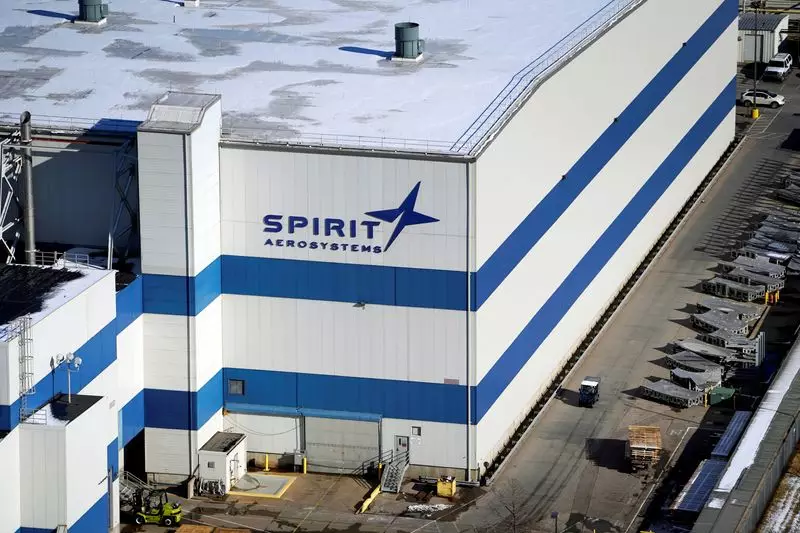In an intricate dance of corporate strategy, Airbus is preparing to take over four manufacturing plants from Spirit Aerosystems, a fundamental player in the aerostructures sector in the U.S. This move is part of a larger, albeit unconventional, collaboration with Boeing, which is acquiring the remaining assets of Spirit. The context surrounding this acquisition is critical to understand, especially given the precarious state of Spirit as it faces financial instability. Both Airbus and Boeing are vying to ensure that Spirit’s challenges do not spill over into their own operations, which underscores a fascinating shift in the dynamics of their competition.
Airbus CEO Guillaume Faury has conveyed optimism amid these negotiations, indicating that discussions to finalize the acquisition are progressing well. However, he has been clear in his assessment that the integration of Spirit will be fraught with challenges and is far from a straightforward task. The apprehension surrounding this deal stems from both the financial losses that Spirit has been posting and the consequences that could arise from its operational failings, now compounded by a recent warning regarding their financial viability.
As Airbus contemplates this acquisition, it’s essential to recognize what is at stake. The four plants in question primarily cater to the A350 and A220 aircraft lines, which are significant components of Airbus’s portfolio. Since Spirit generates about 25% of its sales from Airbus, the planemaker’s dependency on the supplier means that the outcome of this deal is crucial to maintaining the consistency and quality of their production lines.
The failure of Spirit to stabilize could have dire repercussions not just for Airbus but for the broader aerospace ecosystem, affecting supply chains and overall production timelines. Therefore, the stakes are high, and Airbus must navigate this process with care to avoid a potential domino effect that could impact their operations.
From a financial standpoint, the total cost of the acquisition — $559 million — highlights the tangible risk Airbus is taking on as part of this deal. Spirit’s commitment to transferring these facilities to Airbus in exchange for financial assistance appear as necessary contingencies to keep the plants operative during a tumultuous time. Boeing’s concurrent buyback of its former unit greatly complicates the competitive landscape, creating an unusual scenario where rivals are cooperating to mitigate risks.
Furthermore, the airline industry’s cyclical nature means that both aircraft manufacturers need to remain vigilant against the unpredictable financial winds that can lead to potential supply chain disruptions. The joint financial support from Boeing and Airbus — totaling $457 million — is indicative of the urgency that has both companies mobilizing resources quickly to prevent a failure that could unsettle not only their financial standings but the market at large.
Airbus’s confidence, expressed by Faury, is tempered by an understanding of the challenges that lie ahead. Transitioning the operations of Spirit into the larger Airbus framework is going to require meticulous management to ensure that existing operational discrepancies are rectified. The statement that transitioning will not be a “walk in the park” is emblematic of the complexity involved in corporate acquisitions, particularly in industries that are already grappling with multiple variables such as supply chain constraints and fluctuating demand.
The integration process will necessitate not only logistical planning but an alignment of cultures and practices between Airbus and Spirit, further complicating the merger. Airbus’s strategy must account for these potential hurdles as they seek to maximize efficiency while mitigating disruptions during this time of transition.
Ultimately, the ongoing negotiations between Airbus and Spirit Aerosystems symbolize the shifting dynamics in the aerospace industry, where rivals may collaborate in the face of mutual challenges. The outcome of this deal will have lasting implications, not just for the companies involved, but for the global aerospace supply chain as a whole. As Airbus prepares to navigate the complexities of this acquisition, the careful balancing act between risk management and strategic opportunity emerges as a theme that will define the future landscape of the industry. The near-term success of this venture may offer a blueprint for other manufacturers on how to navigate similar challenges in an increasingly interconnected and uncertain market.

